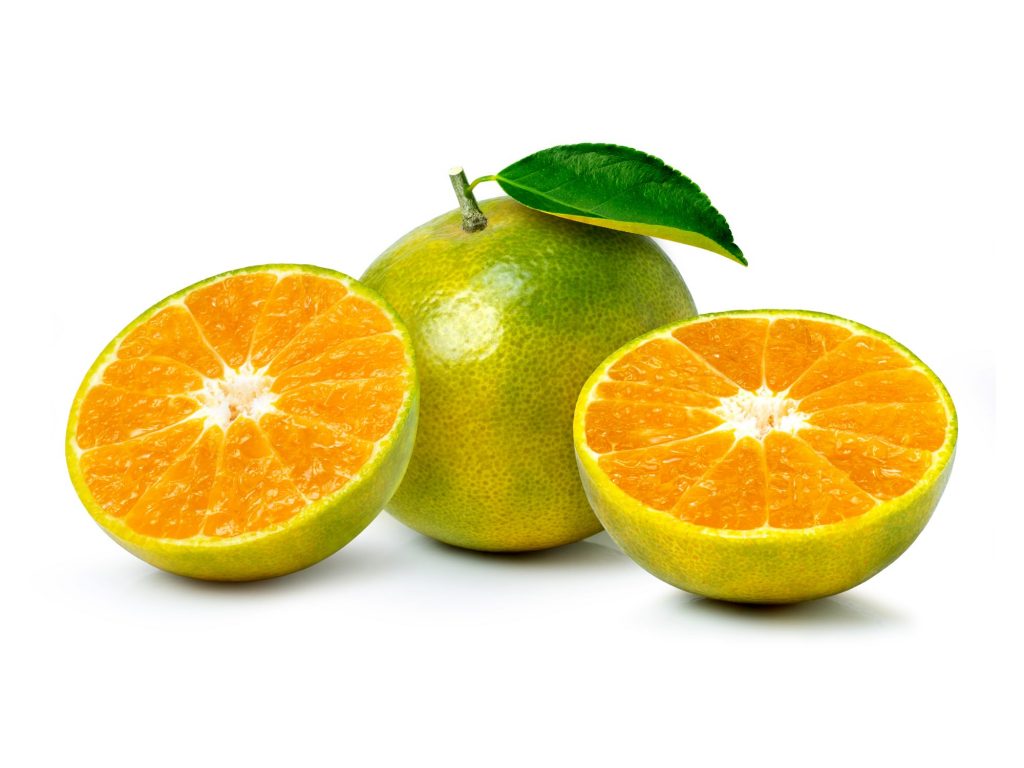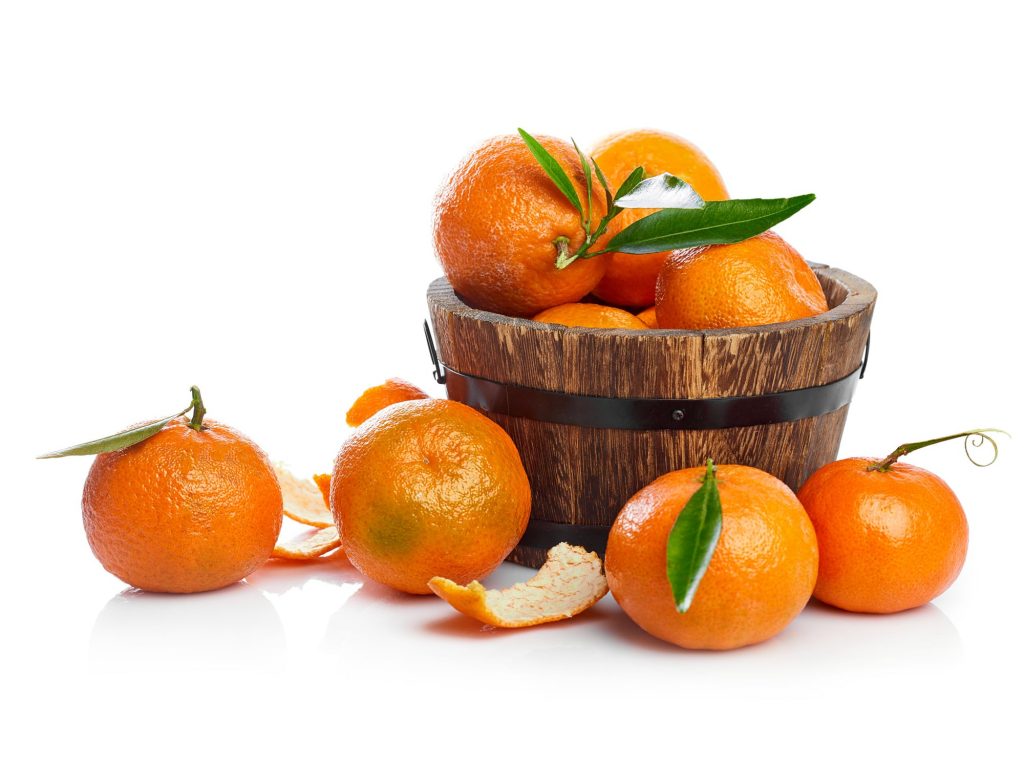Tose'e Tejarat Armani
- Email : info@amathis.holdings
- Central Office : Velenjak Tehran IRAN
Tangerine Exports
Amathis Tose'e Tejarat Armani
Tangerine
Tangerine is one of the fruits of the citrus family. Slightly smaller than oranges. It has a sour and sweet taste. China, Spain, Japan, Brazil are the largest producers of tangerines. Global tangerine production in 2007 was more than 28 million tons. Tangerine fruit is very sensitive to cold. It belongs to the mandarin orange family and is very tasty. The name tangerine is derived from a fruit in Morocco. Its skin is thin and easy to use. It arrives between autumn and spring. Tangerine peel is used as a spice. Tangerines are used fresh in frozen or dried concentrate in nuts.

- Product Name: Tangerine
- Main Production Areas (origin): North and South provinces
- Outside/Inside Color: Orange
- Taste : Sweet
- Season : Fall & Winter
- Paking : carton 3 kg . plastic basket 3-5-10-15 Kg
According to FAO statistics in 2012, 131 million tons of citrus fruits were produced worldwide from 8.8 million hectares of orchards with an average yield of 14,943 kg / ha. Global citrus production by different cultivars indicates the top production of oranges and tangerines with a share of 73% of total production in the world. The average per capita consumption of oranges and tangerines in the world is 12 kg. China alone accounts for 24 percent of world citrus production and 5.27 percent. The highest yield of this crop with 34118 kg / ha belongs to Turkey and the lowest with 4875 kg / ha belongs to Nigeria. The average waste in the production process (harvest and post-harvest stage) is 8%. Citrus trade in the world is equivalent to 7.31 million tons, in general, about 70% of the volume and value of citrus imports and exports in the world is accounted for by oranges and tangerines. Russia, Germany, France, the Netherlands, the United Kingdom and Saudi Arabia are the major importers of oranges and tangerines in the world, respectively, and Spain, South Africa, Egypt, Turkey, the United States, China, Morocco and Greece are the major exporters of oranges and Tangerines are in the world.
Types of tangerines in Iran
- A) Northern tangerines Anshu mandarin, Jaffa mandarin (clementine), Northern local mandarin, Page mandarin, Tanjila mandarin, Younesi
- B) Southern tangerines Kino Tangerine, Port Tangerine (Black), Clementine Tangerine, Cara-Minola and Orlando Tanjelo
Satsama mandarines (Enshi Unshi)
This tangerine is one of the most famous early tangerines in the world, which entered northern Iran in 1309 and was not much noticed until 1342, when a very severe frost occurred in citrus in northern Iran; With the onset of the mentioned cold and selection of cold-resistant cultivars, Ansho mandarin with 9-° C temperature tolerance was introduced as the most cold-resistant citrus cultivar in northern Iran.
This figure is called Satsuma mandarin in European and American countries. It is native to Japan and has been imported through Turkey and makes up 80% of the total Japanese citrus cultivation. It is very tasty, fragrant and seedless. Reaching creates empty space between meat and skin and reduces its storage properties.
In Iran, it can be grown only in the coastal strip of the Caspian Sea. Its arrival time in northern Iran is October 6 to November 6. The best place to plant this cultivar is East Mazandaran. The trees grow in width and take the shape of an umbrella. The trees are large and barren and the fruit has a smooth and thin skin, full of water, relatively large, chamfered with a tail.
Clemantin mandarins (Jaffa):
The size of the fruit is average compared to anchovies and unlike mandarins, anchovies have seeds, which is one of the disadvantages of this cultivar. But in recent years, less strain strains have been obtained in Spain, including Kadu Kes and Kohuna. This mandarin also accepts the northern region of Iran in some southern parts of the country, such as Delfard, Jiroft and the slopes. Cool it can be grown. Clementine mandarin is also called in Iran (Jaffa). It is a cultivar that is relatively resistant to cold and needs light soils. In heavy soils, its fruit is small and thick-skinned and it is in urgent need, especially in the east of Mazandaran. The date of ripening of the fruit is after the tangerine of the page and the anchovy. Clementine trees produce fruits of different sizes (average diameter about 5 cm) and with variable shape (slightly sloping to spherical or elongated and sometimes pyramidal). The skin is moderately thick, relatively firm and sticky to the flesh, but it can be easily peeled and will not become puffy until after puberty. The color of the flesh is dark orange, crisp, fleshy and juicy, sweet and fragrant. In terms of maturity, it is considered an early figure. Clementine trees, while compacting the crown and dwarf, have a high yield and very good quality.
Puncan Tangerine (Puncan)
The freestyle peach does not stick to the core and can be removed by hand. These peaches are larger than Clingstone peaches and have less water. The majority of peaches that are sold to customers in retail are of this type of peach.

Peach Klingstone
Punken is one of the famous cultivars of seed mandarins and its origin is India. Its seeds were first brought to Iran from the US state of Florida in 1347 by Mr. Younes Ebrahimi, a citrus researcher, and after research work, it was introduced by him as a suitable cultivar and for this reason it is known as Younesi. The trees of this cultivar are strong, climbing and annual. There is a risk of breaking the branches due to wind and heavy snow. The fruits are produced at the end of the branches and are seeded and early-ripening fleshy tangerines. The fruit is larger than other tangerine cultivars and its marketability is very good. In terms of ripening time, they are considered as a group of early mandarin cultivars, and after Anshou and Clementine mandarins, it arrives in northern Iran. The shape of the fruit is round, with a small navel, thick and smooth skin. The flesh is orange in color and has a relatively pleasant and aromatic taste. This cultivar is less resistant to cold than most tangerines.
Tangerine Page (Page)
The fruit is broad and round with a reddish-orange color, well-formed with large and crisp blades. The skin is thick but smooth compared to the anchovies and has a large number of seeds and cotyledons are yellow. Gives that if this problem is solved, it is one of the good and high-yielding cultivars in northern Iran.
It is an early variety, more market-friendly and high-yielding, but in terms of storage properties and sensitivity, prunes are relatively weak to the cold. This figure is obtained from the intersection of Clementine tangerine with miniolatanjelo. The size of the fruit is medium and they have a chamfered to semi-spherical shape. There are about 10 blades in each fruit. The flesh of the fruit is dark red, crispy, juicy and very fragrant and sweet. Separation of the skin from the flesh of the fruit is usually not easy.
Orlando Tangerine:
(Orlando tangelo) Duncan grapefruit hybrid is with dandelion mandarin and was imported to Iran in 1344-1344. Its tree is an umbrella and full of fruit with spoon leaves.
10: 1 is planted. It is round but slightly flat, medium-sized, watery and somewhat fragrant, fleshy and has a large number of seeds and is heat resistant. It is planted in the central region of Iran. They are large to medium in size and round in shape. They have dark orange skin. Orlando tangerines ripen in late December to late January.
Copyright © Studio Nine 2002 – 2021
Powered By : Studio Nine